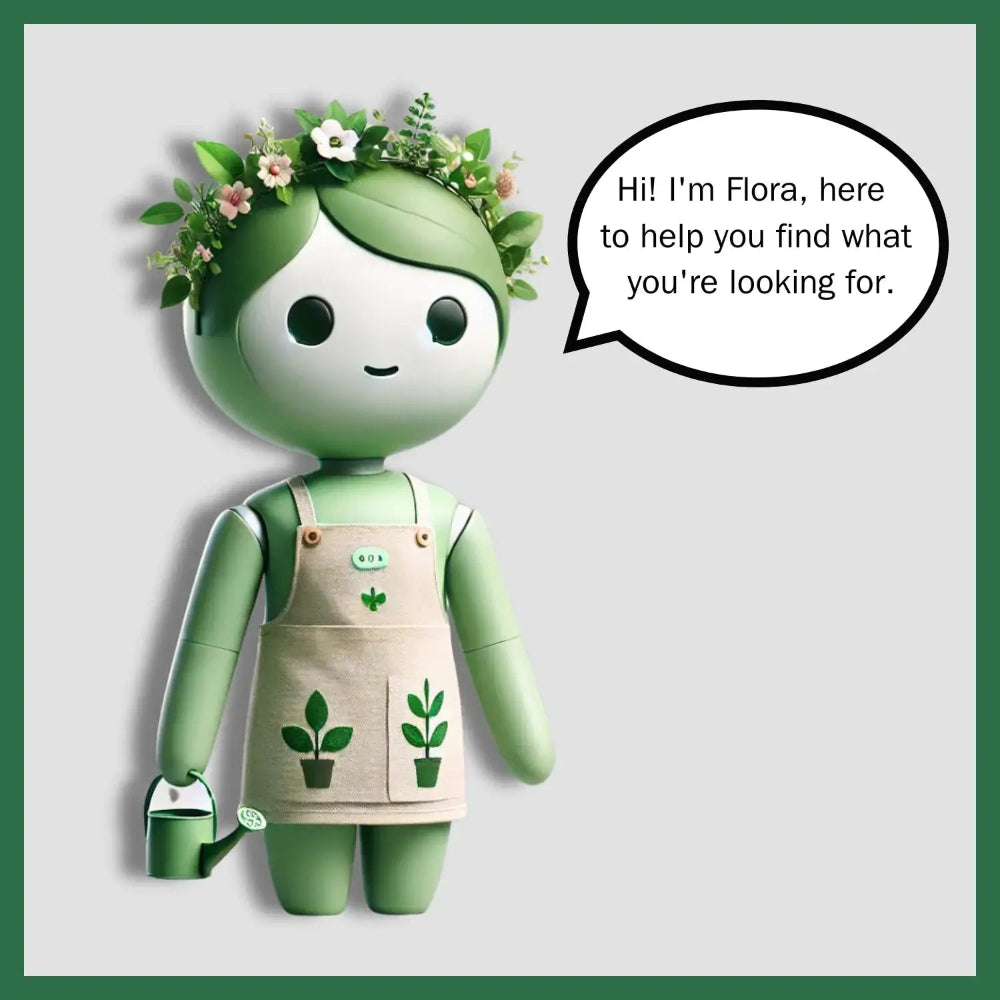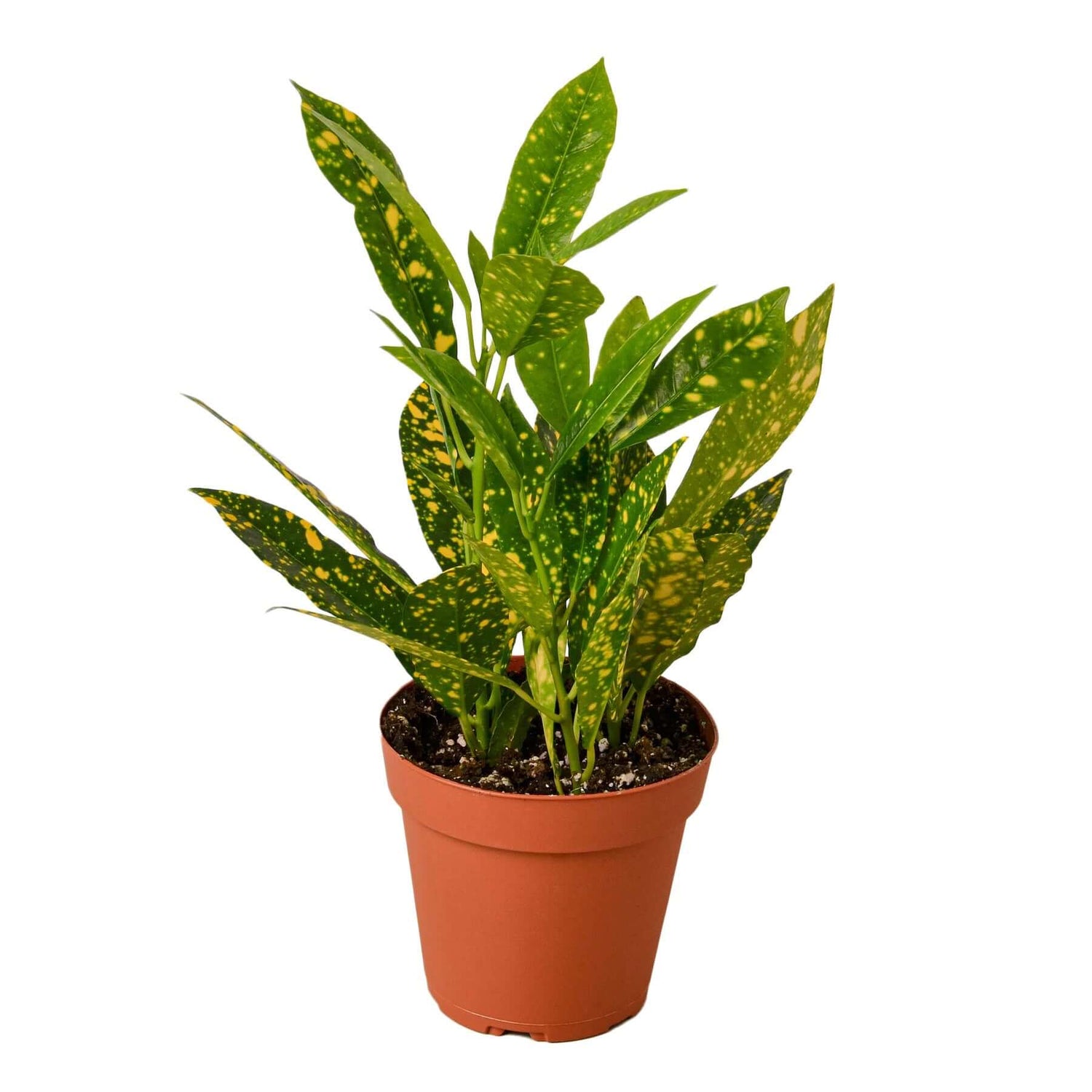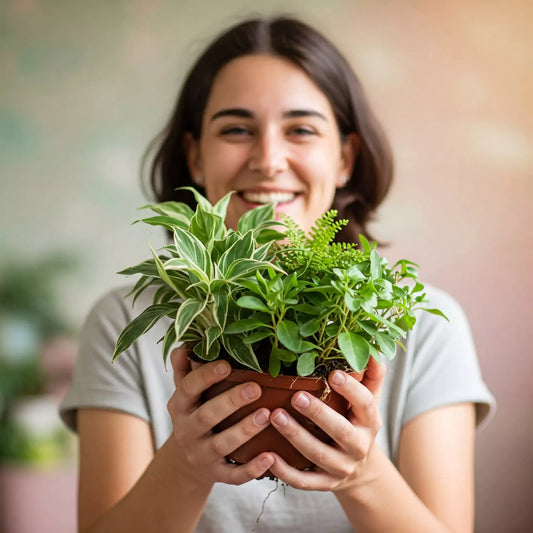Explore the enchanting world of low light indoor plants that thrive in low light, perfect for enhancing those less sunny spots in your home.
Why Low Light Indoor Plants Are Essential for Urban Spaces
Urban spaces often lack sufficient natural light, making it challenging to grow plants indoors. Low light indoor plants are essential for urban spaces as they can thrive in environments with limited sunlight. These plants not only add beauty and greenery to your home but also improve air quality by filtering toxins and releasing oxygen. By incorporating low light indoor plants, you can transform dark corners and create a soothing and refreshing atmosphere in your urban dwelling.
Top Picks for Low Light Conditions: Unveiling the Best 8 Plants
When it comes to low light indoor plants, there are several options that are both easy to care for and visually appealing.

- Sansevieria (Snake Plant): This popular choice can tolerate low light conditions and requires minimal watering. Learn more about Top Indoor Plants for Bedroom Oxygen: Enhance Your Sleep Environment.
- Zamioculcas (ZZ Plant): An excellent option that can thrive in dim environments.
- Pothos: With its trailing vines and heart-shaped leaves, it adapts to various light conditions, including low light.
- Aspidistra (Cast Iron Plant): Highly resilient, it can withstand low light and neglect.
- Philodendron: This low light indoor plant adds a touch of tropical beauty to any space with its lush foliage.
- Aglaonema (Chinese Evergreen): Popular for low light conditions due to its ability to tolerate a wide range of lighting conditions.
- Spathiphyllum (Peace Lily): An elegant plant that thrives in low light and also purifies the air.
- Dracaena: Offers various species with different leaf shapes and colors to suit your preferences. For more easy-care plants, check out Top 10 Easy Care Houseplants for Busy People.
These top picks for low light conditions are not only visually appealing but also require minimal maintenance, making them perfect for any home.

Care Tips for Thriving Houseplants in Dim Environments
While low light indoor plants are generally easy to care for, it's important to provide them with the right conditions to thrive.
- Light Placement: Place your plants near windows or in areas with indirect light to ensure they receive the maximum amount of available light.
- Temperature: Avoid placing them in areas with temperature extremes or drafts, as they can be sensitive to temperature changes.
- Watering: Water your plants appropriately, allowing the soil to dry out slightly between waterings to prevent overwatering.
- Soil and Drainage: Use well-draining soil and ensure adequate drainage to prevent waterlogged roots.
- Artificial Light: Consider supplementing with artificial light, such as grow lights, if the natural light is insufficient.
- Leaf Care: Regularly dust the leaves of your plants to remove any accumulated dust that can hinder their ability to photosynthesize.
By following these care tips, your low light indoor plants will thrive and continue to bring life to your dim environments.

Common Challenges and Solutions in Growing Indoor Plants in Low Light
One common challenge in growing indoor plants in low light is the risk of overwatering. Since these plants receive less light, they require less water compared to their counterparts in brighter environments. To prevent overwatering, it's important to allow the soil to dry out between waterings and avoid waterlogged conditions.
Another challenge is the lack of growth or slower growth compared to plants in brighter conditions. While low light indoor plants may grow at a slower pace, they can still thrive and remain healthy. Providing adequate nutrients through regular fertilization and ensuring proper care can help overcome this challenge.
In some cases, plants may become leggy or develop pale leaves due to insufficient light. To address this, consider rotating your plants occasionally to ensure all sides receive equal light exposure. Additionally, pruning can help promote bushier growth and maintain a more compact shape.
By being aware of these common challenges and implementing the appropriate solutions, you can successfully grow indoor plants in low light conditions.










